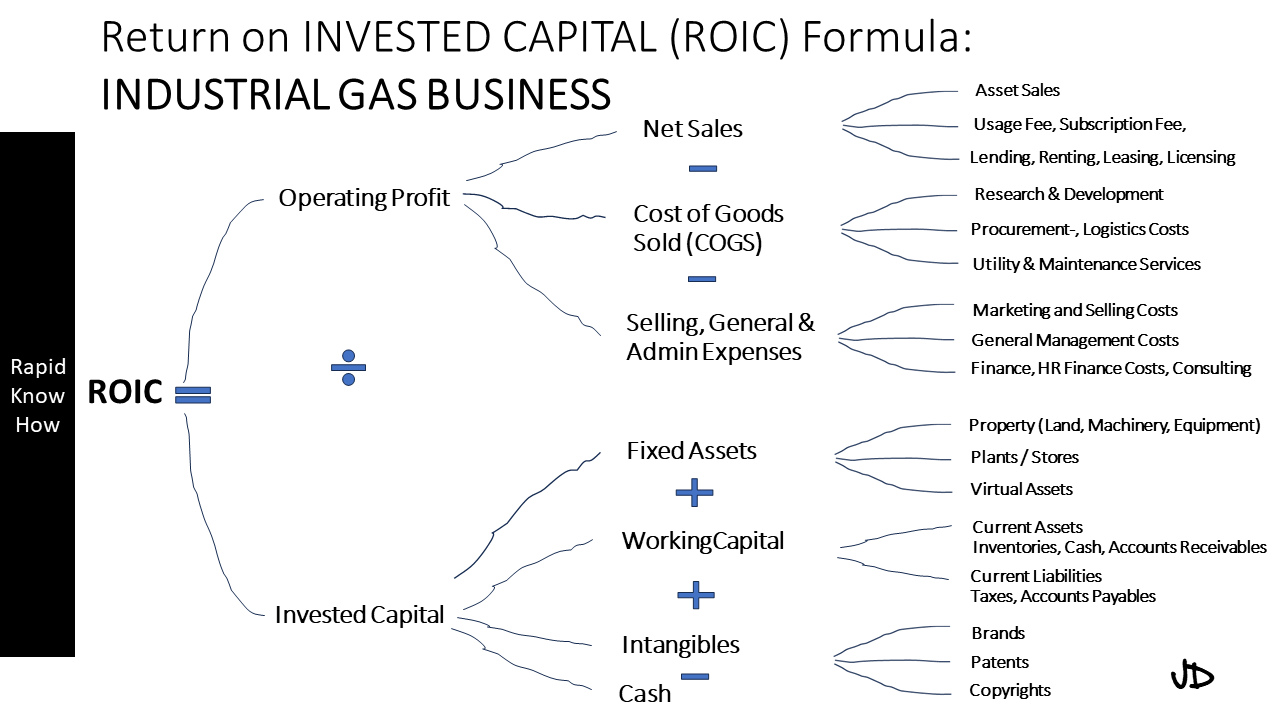The RapidKnowHow Process : Assessing ROI
ROI is decreasing > What is the root cause > What are the Main Categories > What are the main subcategories > What are Options for Solutions > What is the feasibility of the solution > Time constraint > Resources required > Expected Effectiveness > Outcome : Ranking of Options from Best to Worst > Conclusion > Get started
Let’s delve into the issue of decreasing Return on Investment (ROI) systematically.
ROI is Decreasing
1. Root Cause
Understanding the root causes of decreasing ROI is essential. Common factors include:
- Underperformance of investments.
- Increasing costs without corresponding revenue increases.
- Ineffective allocation of resources.
- Market changes affecting demand.
- Poor operational efficiency.
2. Main Categories
- Investment Performance
- Cost Management
- Market Dynamics
- Operational Efficiency
- Resource Allocation
3. Main Subcategories
Investment Performance
- Low Revenue Generation: Declining sales or service revenue.
- Asset Underutilization: Inefficient use of assets leading to lower returns.
- Economic Factors: Economic downturns affecting investment outcomes.
Cost Management
- Increasing Operational Costs: Rising labor, materials, or overhead costs.
- Inefficient Processes: Wasteful practices driving costs up.
Market Dynamics
- Competitive Pressure: Increased competition leading to price erosion.
- Changing Consumer Preferences: Shifts in demand impacting sales.
Operational Efficiency
- Process Inefficiencies: Bottlenecks or delays affecting productivity.
- Quality Control Issues: Defects leading to returns and wasted resources.
Resource Allocation
- Misallocation of Capital: Investing in less productive areas.
- Lack of Diversification: Over-reliance on a single product or market.
4. Options for Solutions
Investment Performance Solutions:
- Diversify investment portfolio to mitigate risk.
- Conduct thorough market analysis before making capital investments.
Cost Management Solutions:
- Implement cost control measures to reduce wastage.
- Optimize supply chain and negotiate better terms with suppliers.
Market Dynamics Solutions:
- Enhance marketing strategies to better reach target audiences.
- Innovate products/services to meet changing consumer demands.
Operational Efficiency Solutions:
- Adopt lean management practices to minimize inefficiencies.
- Invest in training programs to enhance staff productivity.
Resource Allocation Solutions:
- Conduct a comprehensive assessment of capital allocation.
- Prioritize investments with higher projected ROI.
5. Feasibility of Solutions
- Diversification of Investments: Moderate feasibility; requires investment guidance.
- Cost Control Measures: High feasibility; can often be implemented quickly and effectively.
- Enhancing Marketing Strategies: Moderate feasibility; requires market research and adjustments.
- Lean Management Practices: Moderate feasibility; may require training and cultural changes.
- Assessment of Capital Allocation: High feasibility; involves strategic review.
6. Time Constraint
- Short-term (0-3 months): Implement cost control measures and assess current investments.
- Medium-term (3-6 months): Enhance marketing strategies and kick off training programs.
- Long-term (6-12 months): Implement lean practices and achieve resource allocation assessments.
7. Resources Required
- Financial Resources: Budget for marketing campaigns or training programs.
- Human Resources: Involvement from finance for ROI analysis and marketing teams.
- Technological Resources: Tools for process improvement and financial analysis.
8. Expected Effectiveness
- Diversification of Investments: Medium effectiveness; it may reduce risk but not quickly increase ROI.
- Cost Control Measures: High effectiveness; can yield immediate savings and improve margins.
- Enhancing Marketing Strategies: Medium to high effectiveness if executed correctly; could boost sales.
- Lean Management Practices: High effectiveness over time as operational efficiency improves.
- Assessment of Capital Allocation: High effectiveness if it results in redirecting funds to high-return areas.
9. Outcome: Ranking of Options from Best to Worst
- Implement Cost Control Measures – Immediate impact on costs and potentially enhanced margins.
- Assessment of Capital Allocation – Can lead to more strategic investments and improved ROI.
- Lean Management Practices – Long-term improvements in efficiency and cost-savings.
- Enhancing Marketing Strategies – Can directly affect sales but requires time for results.
- Diversification of Investments – Important for risk management, but impact on ROI may take time to materialize.
10. Conclusion
Decreasing ROI is a critical issue that warrants immediate attention.
By identifying root causes and categorizing the issues, organizations can adopt targeted solutions.
Emphasizing cost controls and capital allocation strategies will help improve ROI while maintaining competitiveness in the market.
11. Get Started
- Step1: Form a cross-functional team to analyze ROI factors and data.
- Step 2: Conduct a detailed review of investment performance and operational efficiencies.
- Step 3: Implement cost control measures to address immediate expenses.
- Step 4: Review marketing strategies and assess their effectiveness in driving sales.
- Step 5: Establish regular review cycles to monitor ROI and make adjustments as necessary.
By addressing these areas systematically, the organization can improve its ROI and strengthen its financial position.





